80%-85%
Early stage (Stage I)30%-60%
Mid-stage stage (stage II-III)2%-5%
Late stage (Stage IV)The development of lung cancer
How does lung cancer develop? Many factors induce lung cancer. The causative factors mainly include smoking, occupational exposure, air pollution, ionizing radiation, diet, family genetics, lung history, etc.
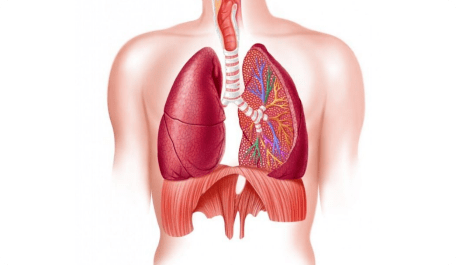
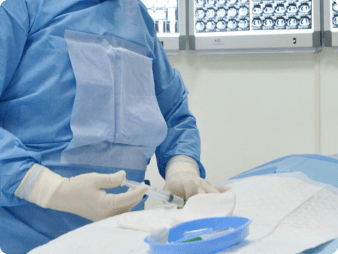
Interventional treatment
local precise drug infusion delivers a drug concentration 2-8 times higher than systemic chemotherapy, resulting in less trauma and fewer side effects.

Cryotherapy
Using a 2mm cryoprobe, lung tumors can be efficiently ablated in ten minutes after undergoing 2 cycles of cooling and rewarming.
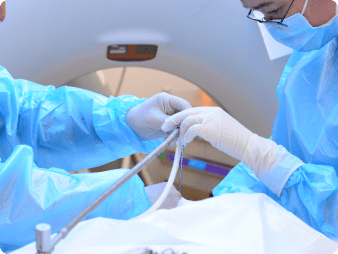
Combined Knife
Switching between extremely low and high temperatures to efficiently ablate lung tumors. Especially, applies to large lung tumors and elderly, frail lung cancer patients.
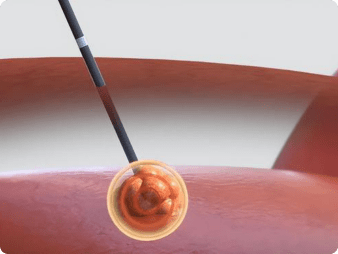
Microwave ablation
Microwave ablation boasts high thermal efficiency and can eradicate lung tumors less than 5 cm in diameter in a single session.
Minimally invasive treatment
1、There is no need for thoracotomy, no damage to lung function, highly targeted and efficient treatment, and a good curative effect.

Surgery
1.Thoracotomy may cause various complications, such as atelectasis, pneumothorax, impaired lung function, and bronchopleural fistula.Radiotherapy
1.It has serious side effects, such as nausea, vomiting, and other symptoms.Chemotherapy
1.Side effects can be severe, including symptoms such as hair loss, anemia, vomiting, and immunosuppression.70%-80%
Early stage (Stage I)40%-60%
Mid-stage (Stage II-III)20%-30%
Late stage (stage IV)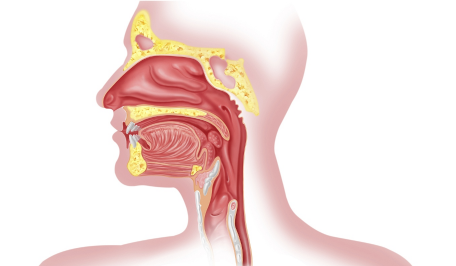

Interventional therapy
involves infusing anti-tumor drugs into nasopharyngeal tumors under the guidance of DSA and other imaging equipment. Additionally, the tumor itself and its supplying arteries are embolized. Local infusion delivers a drug concentration that is 2-8 times higher than that of intravenous drip. This method cuts off the tumor's nutrient supply, inhibits tumor growth, and directly applies the drug to the tumor, resulting in less trauma and fewer side effects.
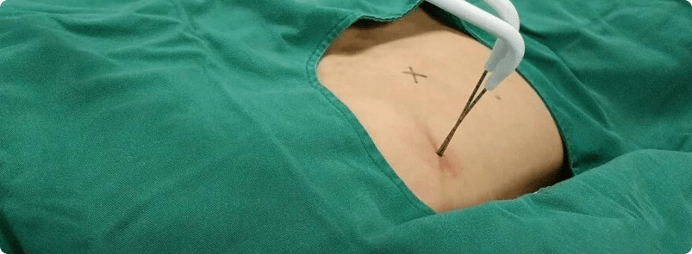
Particle Knife
Initially, the suitable radiation energy and particle dose are determined based on the tumor's characteristics, size, and location. Subsequently, guided by imaging equipment, 125 iodine particles are implanted into the tumor or the tissue affected by tumor infiltration. 125I particles continuously release gamma rays to target tumors, effectively and precisely destroying cancer cells.
Minimally invasive treatment
1、There is no need for surgical, as it does not damage nasopharyngeal function. This treatment is highly targeted, efficient, and has a good curative effect.

Surgery
1.Surgical complications include loss of appetite, facial nerve paralysis, nasal bleeding, nasal displacement, vision loss, breathing abnormalities, lymphocysts, etc.Radiotherapy
1.It has serious side effects, including nausea, vomiting, and other symptoms.Chemotherapy
1.Side effects can be severe, often including symptoms like hair loss, anemia, vomiting, and immunosuppression.≥90%
Early stage (stage I)65%-75%
Mid-stage (stage II-III)30%-40%
Late stage (stage IV)How does laryngeal cancer develop?
Laryngeal cancer is a malignant tumor that occurs in the larynx. The incidence rate in men is significantly higher than in women. It is more common in middle-aged and elderly men. Early symptoms may not be obvious and could present as hoarseness, a sensation of a foreign body, coughing, etc. When the tumor grows, it may cause breathing problems. Symptoms include difficulty breathing, excessive coughing, trouble swallowing food, and an enlarged neck. The triggering factors of laryngeal cancer include occupational exposure, stimulation by tobacco and alcohol, human papillomavirus infection, precancerous lesions, high androgen levels, certain genetic diseases, etc.


Interventional treatment
The infusion of anti-tumor drugs into laryngeal tumors under the guidance of DSA and other imaging equipment. Additionally, the tumor itself and its supplying arteries are embolized. The drug concentration of local infusion is 2 to 8 times higher than that of intravenous drip.

Cryotherapy
Using a 2mm cryoprobe, after 2 cycles of cooling and rewarming, it can efficiently ablate lung tumors in just ten minutes.
Minimally invasive treatment
1、No need for surgical resection, no damage to pharyngeal function, strong therapeutic targeting and high efficiency, good therapeutic effect.

Surgery
1.Complications of resection surgery include dysphagia, infection, pharyngeal fistula, and laryngeal stenosis.Radiotherapy
1.It has serious side effects, such as nausea, vomiting, and other symptoms.Chemotherapy
1.Side effects can be severe, often including symptoms such as hair loss, anemia, vomiting, and immunosuppression.